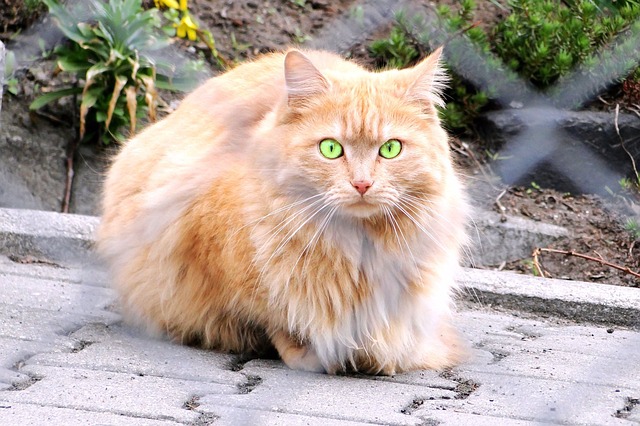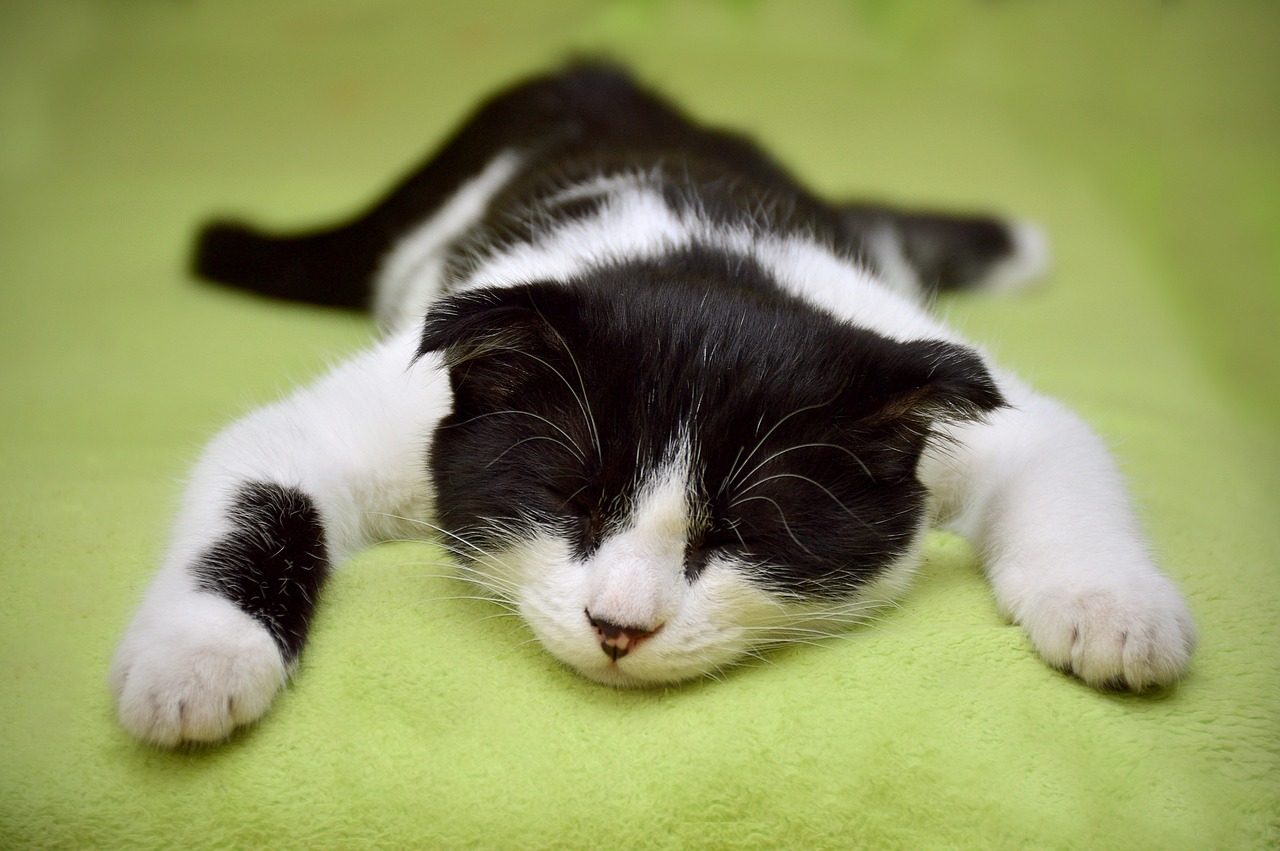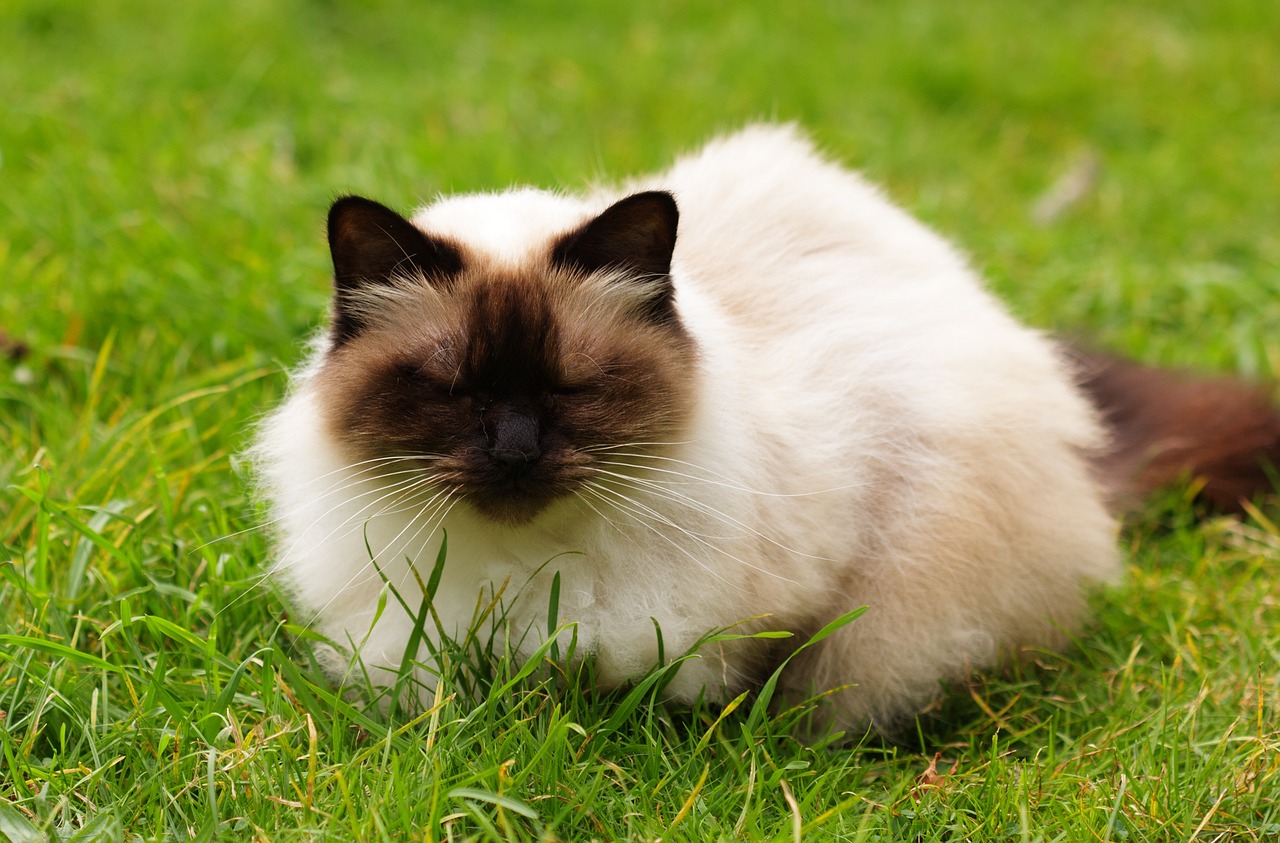The Persian cat is a breed with long fur, a flat face, and large eyes. Its origin lies in Iran, formerly known as Persia. Due to its ancient feline lineage, it boasts a rich history. Over time, Persian cats have become extremely popular among humans for being friendly and patient companions. Not only in Pakistan but across the globe, Persian cats are cherished for their sweet temperament and enduring nature.
Price of Persian Cat in Pakistan
On average a Persian cat can cost Rs.50000 to Rs.80000 in Pakistan. The price of Persian cats in Pakistan varies based on factors like lineage, colour, and health. High-quality pedigree cats with specific characteristics may command higher prices, while those without pedigree may be more affordable.
Characteristics of Persian Cats
If you consider nurturing a fluffy pet with a good nature that can adapt to Pakistan’s climate, then the Persian cat is an excellent choice.
Physical Characteristics
The Persian cat is a breed of medium-sized cats that often appear larger than their actual size due to the dense fur on their bodies. The most prominent feature is the longer and denser fur on top of their coat. Typically, Persian cats have larger males in comparison to their female members. This general distinction is naturally found among them.
In Pakistan, Persian cats are highly favoured for their dense fur and large eyes. The long and soft coat is a distinctive feature of these cats. The colour of their eyes varies widely, often complementing the colour of their coats. For example, a Persian cat with blue eyes is commonly associated with a Himalayan coat. A healthy and robust Persian cat can live up to around 11 years on average.
The personality of Persian Cats
Persian cats have an extremely sweet, gentle, and patient temperament, making them the most famous feline personalities in Pakistan. Their adaptable personality makes them well-suited for both a quiet environment and an active household. Persian cats form a deep bond with their owners, finding comfort in being close to them. Their affectionate nature and tendency to sit in their owner’s lap deeply influence their mood.
While Persian cats enjoy playfulness, their play involves more stalking and chasing rather than jumping and climbing. They are not known for high-energy activities but rather prefer exploring and observing their surroundings.
Caring for Persian Cats
One of the most important aspects you need to understand is that owning a Persian cat requires a dedicated commitment of time and attention from its owner. The long and dense coat of Persian cats demands regular grooming, making daily care essential. After extensive grooming, bathing can be done occasionally. Grooming not only involves cleaning their fur but also includes trimming their nails and brushing their teeth.
It’s important to trim the cat’s nails every two to three weeks, being mindful not to cut into the quick, as this could cause stress. Additionally, when trimming, care should be taken not to cut their whiskers, as it can discomfort the cat.
For people of Pakistan who work long hours or have demanding schedules, owning a Persian cat may require careful consideration, as these cats thrive on human interaction and care. It’s essential to evaluate whether the owner can manage the grooming routine and spend quality time with the cat.
Dietary Issues of Persian Cats
It’s essential to always provide your Persian cat with clean water and a diet rich in nutrients, especially protein. In Pakistan, many owners opt to neuter or spay their Persian cats. It’s crucial to be aware of what your cat is consuming, as Persian cats, like other breeds, have an increased chance of gaining excessive weight after being neutered. Managing their diet can help prevent this.
Due to their flat faces, Persian cats may encounter issues with properly biting or chewing their food. This is because of the structure of their unaligned jaws. To address this, you can offer specially formulated Persian cat food that is easily picked up or soft enough for them to manage. This specialized food for Persian cats is readily available in Pakistan.
Considering the flat faces of Persian cats, you may choose a water fountain instead of a regular water bowl. A water fountain ensures that your cat’s mouth and chest stay dry while drinking. This will prevent them from getting wet, which can be an issue for flat-faced breeds.
Physical and Mental Stimulation.
To keep your Persian cat active and its mind sharp, engaging in various games is necessary. Persian cats enjoy playing with toys that allow them to chase, providing both physical and mental stimulation. These toys and games are important to keeping a Persian cat alert and lively. The indoor-friendly nature of Persian cats contributes to their popularity among people in major cities in Pakistan. They can easily adapt to living indoors and find entertainment within the household. Items like litter trays, scratching posts, and various toys are essential for Persian cats to fulfil their needs.
In Pakistan, every locality has its local cat breed, often known as the “Spotted Cat.” These spotted cats primarily engage in hunting small creatures. Keeping your Persian cat indoors reduces the risk of diseases transmitted from these local cats. However, it’s essential to ensure that your Persian cat receives regular vaccinations and proper care to protect it from potential health risks in Pakistan. Regular grooming and vaccinations can safeguard your pet from common and life-threatening feline diseases.
Health Problems to Watch for in Persian Cats
When bred responsibly, Persian cats can lead a healthy and robust life. However, there are certain health conditions that every potential Persian cat owner in Pakistan should be aware of before making a purchase.
Polycystic Kidney Disease (PKD)
Some studies indicate that Polycystic Kidney Disease (PKD) is more prevalent in Persian cats. In certain countries, including those with up to 50% of Persian cats affected, PKD is a concern, and this includes the UK. Research on this specific issue in Persian cats in Pakistan is limited. So it’s challenging to conclusively state whether Persian cats in Pakistan are prone to this disease.
PKD is a hereditary condition and a type of genetic kidney disease. Cysts gradually form in cats’ kidneys, affecting their functionality over time. Regular veterinary check-ups and screenings can help detect and manage PKD in Persian cats. Symptoms of polycystic kidney disease include
- Vomiting
- Weight loss
- Increased thirst
- Weakened immune system
Brachycephalic Airway Syndrome
Brachycephalic Airway Syndrome is a respiratory system disorder. It is commonly found in breeds with flat faces and short muzzles, such as the Persian cat. In this condition, the facial structure of these breeds obstructs their respiratory passages, making it challenging for them to breathe. Over time, the severity of the syndrome can increase, accompanied by intensified symptoms. Regular veterinary care and attention can help manage and mitigate the impact of this syndrome on Persian cats. Symptoms of this disease include
- Exercise intolerance
- Noisy breathing
- Fainting after activity, heat or excitement
Progressive Retinal Atrophy
An eye condition commonly observed in Persian cats is called Progressive Retinal Atrophy (PRA). This genetic condition impacts the cat’s retinas, with both parents needing to carry PRA genes for it to be inherited. PRA causes progressive degeneration of retinal cells, ultimately resulting in blindness for the affected cat. Currently, there is no cure for this disease, and if a Persian cat develops PRA, it typically results in complete blindness within one to two years. Routine veterinary examinations are important in the early detection of PRA symptoms, enabling timely intervention and proper care. Symptoms of Progressive Retinal Atrophy in Persian cats include
- Nervousness at night
- Clumsiness in the dark
- Avoiding dark rooms
- Abnormally dilated pupils
Special Considerations for Persian Cats in Pakistan
Persian cats make wonderful pets. Especially if you have children at home or are looking for a cat that enjoys the company of other pets. Nevertheless, it’s important to consider that Persian cats might not cope well with prolonged periods of solitude. These cats thrive on companionship, and leaving them alone for too long can lead to stress.
While many people in Pakistan treat Persian cats like free-roaming, independent cats. It’s important to understand that these cats don’t tolerate solitude as well as some other breeds. If you are considering a Persian cat, ensure that you can provide sufficient time and attention to keep them happy and stress-free.
If you’re not a fan of excessive meowing or noise, you better know that Persian cats are known for their gentle and pleasant vocalizations. Which makes them a great choice for those who prefer a quieter feline companion. Remember that Persian cats require extra attention and care, including regular grooming to maintain their luxurious coat and clean their face.
Persian Cats and Allergies in Pakistan Climate
Living in Pakistan exposes many individuals to respiratory system issues due to the prevalent air pollution. When someone in Pakistan considers adopting a Persian cat, it’s important to be aware that Persian cats tend to be more allergenic compared to short-haired cats. This is mainly because individuals with cat allergies often react more to cat hair or dander.
Due to their long fur, Persian cats often shed more, contributing to increased allergen levels. The elevated levels of allergens can trigger allergic reactions. Mainly in those individuals already sensitive to cat hair or dander. If you are thinking about bringing a Persian cat into your home in Pakistan, make sure you don’t have cat allergies that could lead to respiratory issues.
Being mindful of potential allergies is essential, especially in a high-pollution environment. Regular grooming, cleaning, and providing a clean living environment for your Persian cat can help minimize allergens and create a healthier living space for both the cat and its owners.
History of Persian Cats
The history of Persian cats can be traced back to 1684s. These cats were later named Persian cats, referencing the old name for the country Iran. Persia was the former name of the country now known as Iran. There are many theories suggesting that the origin of these cats is Iran. They became popular in Europe after the 1600s. Breeding of these cats with long fur continued over centuries alongside other breeds.
In Pakistan, pure Persian cat breeds are relatively less common. The popularity of Persian cats in Pakistan has surged in the last 10 to 20 years among individuals who appreciate cats. Breeders in Pakistan have engaged in crossbreeding Persian cats with various other breeds, resulting in Persian cats with different colours and designs. Today, Persian cats are not only cherished in Pakistan but also globally, being one of the most beloved cat breeds worldwide.
Also Read: Top 10 Best Cat Breeds in Pakistan and Their Prices
Frequently Asked Questions
Persian cats in Pakistan typically range from 50,000 to 80,000 Pakistani Rupees, depending on factors such as lineage, colour, and health.
Due to the hot climate, regular brushing, and maintenance of the Persian cat’s long coat are essential to prevent matting and keep them comfortable.
Persian cats can be prone to respiratory issues, especially in warmer climates. Regular vet check-ups and proper ventilation in living spaces are crucial for their well-being.
Reputable breeders can be found through online platforms, pet shows, or referrals from veterinary professionals. Ensuring a breeder’s credibility is vital to obtaining a healthy Persian cat.



